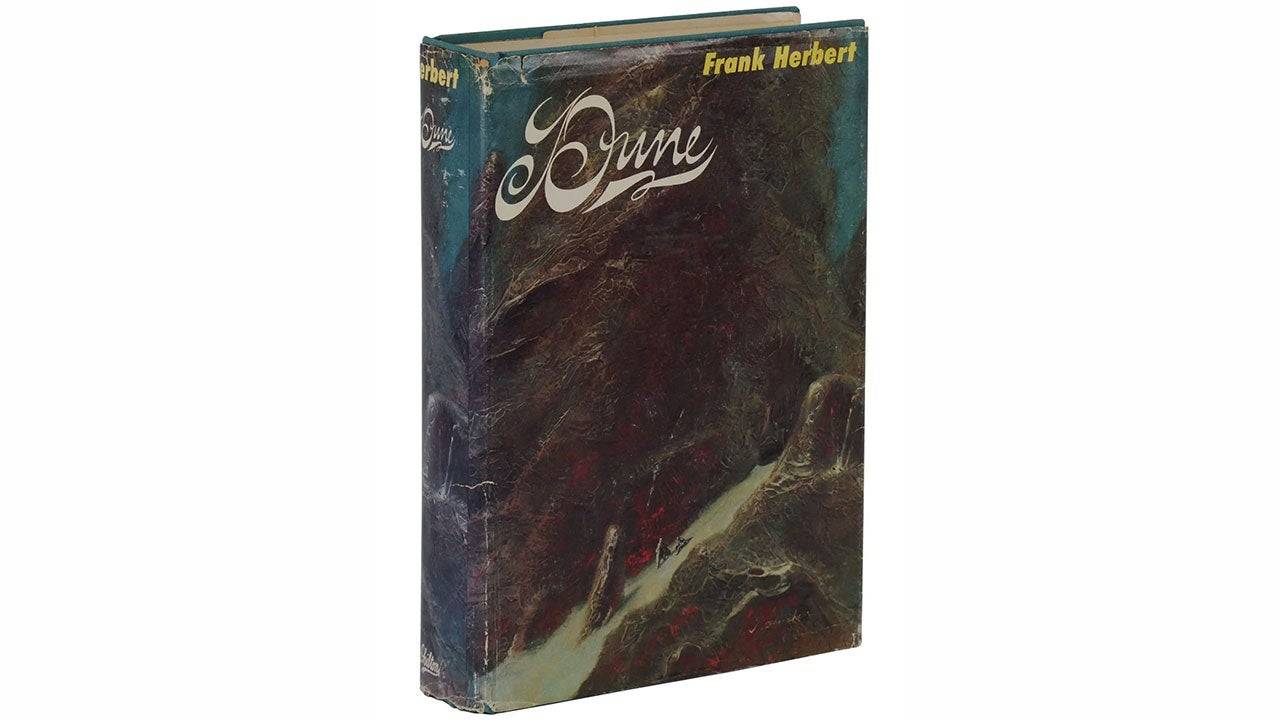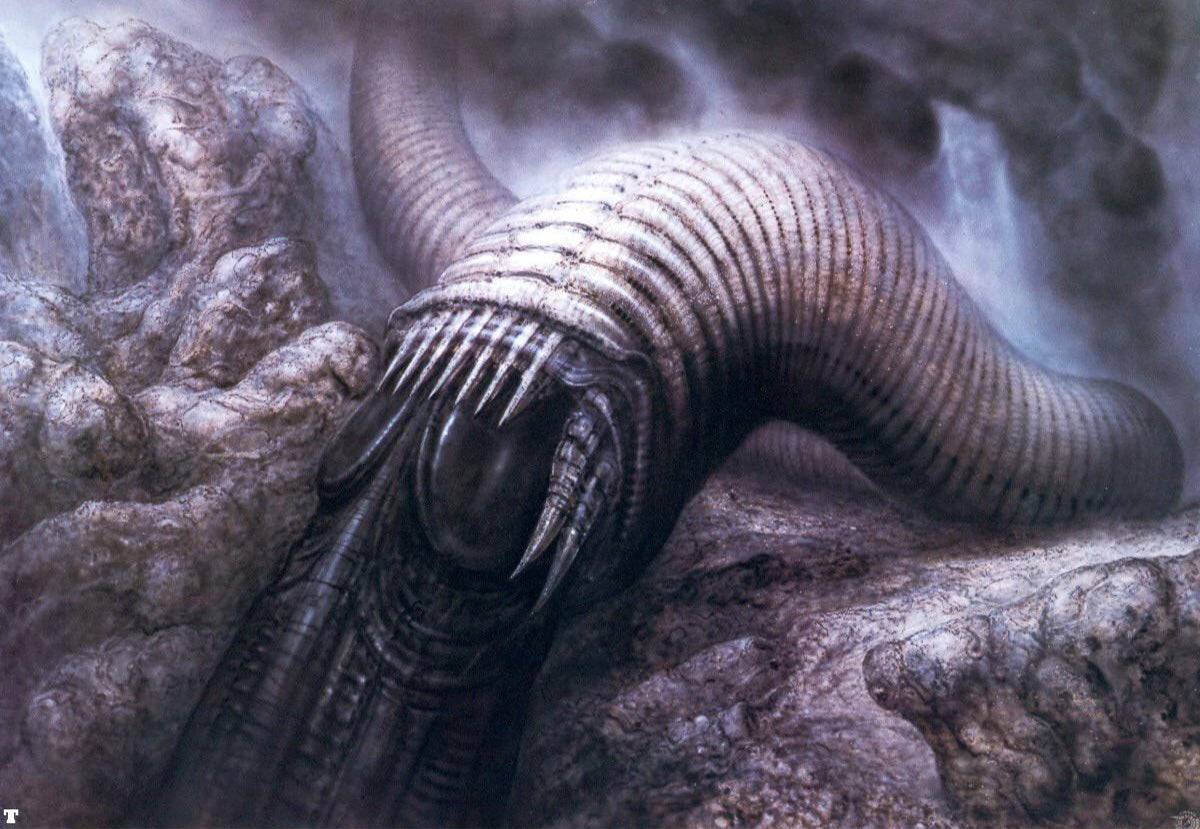As we celebrate the 40th anniversary of David Lynch's adaptation of *Dune*, it's intriguing to reflect on the path not taken—Ridley Scott's version of this iconic sci-fi saga. Released in 1984, Lynch's *Dune* was a box office disappointment, grossing only $40 million, yet it has since cultivated a devoted cult following. This is particularly evident when juxtaposed with Denis Villeneuve's more recent adaptations, which have brought a fresh perspective to Frank Herbert's seminal work. Ridley Scott, a visionary director known for *Alien* and *Blade Runner*, was initially attached to helm *Dune* before Lynch took the reins. Scott's departure from the project in 1981 left behind a fascinating legacy, which we can now explore thanks to the unearthing of a 133-page script draft from October 1980, penned by Rudy Wurlitzer.
When Scott joined the project, he inherited a sprawling screenplay from Herbert himself, which was both faithful to the source material and, as reported by *Wired* and *Inverse*, challenging to adapt cinematically. Scott, after considering some elements from Herbert's script, enlisted Wurlitzer to craft a new vision. Wurlitzer, known for his work on *Two-Lane Blacktop* and *Walker*, spent significant time breaking down the novel into a manageable narrative, as he revealed in a 1984 interview with Prevue Magazine. Scott himself praised the result in a 2021 *Total Film* interview, stating, "We did a script, and the script is pretty fucking good."
A Wilder Shade of Paul
The script opens with an evocative dream sequence, setting the stage for Paul Atreides' journey with visions of apocalyptic armies and a universe in turmoil. Scott's visual flair is evident in the script's descriptions, which promise a cinematic experience rich with imagery and emotion. In this version, Paul is introduced as a 7-year-old with long blonde hair, undergoing his initial trials with the Reverend Mother. The narrative weaves through his early training and his transformation into a formidable young man by age 21, a journey marked by a "savage innocence" and a relentless pursuit of mastery over his destiny.

Scott's vision, as he shared with *Total Film*, was deeply intertwined with the script's narrative, aiming to create a visually dense world that reflected the novel's complexity. The script's early scenes, from Paul's dream to his first test, are filled with striking imagery, such as the transformation of deserts into apocalyptic visions and the intense trial by pain with the Reverend Mother.
Long Live the Emperor
A significant departure in Scott's script is the death of the Emperor, which acts as a catalyst for the ensuing chaos. This twist, as noted by screenwriter Ian Fried, adds a unique dimension to the story, although it diverges from the novel. The Emperor's funeral, set in a mystical environment, introduces the political and spiritual elements central to Herbert's work. The script also brings the Duke and Baron face-to-face early on, intensifying the narrative's tension.
Flight of the Navigator
One of the script's highlights is the detailed depiction of the Guild Navigator, a creature not fully revealed until *Dune Messiah* in the novels. Described as a humanoid figure in a transparent container, the Navigator's role in guiding the Heighliner adds a layer of mystery and otherworldliness. The Atreides' arrival on Arrakis is described with a medieval aesthetic, echoing Scott's work on *Legend* and foreshadowing the feudal elements of the story.
The script also delves into the ecological devastation on Arrakis, with Liet Kynes and his daughter Chani emphasizing the impact of spice harvesting on the planet's ecosystem. This focus on environmental themes is a strength of Scott's adaptation, as noted by Fried.
Baron Wasteland
The narrative takes a darker turn as Dr. Yueh betrays the Atreides, leading to a brutal confrontation with the Harkonnen forces. The script's violence is graphic and R-rated, with scenes of intense combat and betrayal. Paul's journey into the deep desert is fraught with danger, culminating in a face-to-face encounter with a sandworm, a moment that echoes Villeneuve's adaptation.
The Deep Desert Controversy
While the script retains many of the novel's key elements, it also introduces controversial scenes, such as the absence of the incestuous relationship between Paul and Jessica, a point of contention that Herbert and producer Dino De Laurentiis vehemently opposed. Despite this, the script maintains a strong focus on the mother-son bond and their survival in the harsh desert environment.
The climax features a Water of Life ceremony, where Jessica becomes the new Reverend Mother, solidifying Paul's role as the Fremen's Messiah. The script ends on a cliffhanger, with Paul preparing to ride a sandworm, a scene Herbert deemed essential to the story.
Conclusions

Herbert's *Dune* series warns against the dangers of charismatic leaders, a theme that Wurlitzer's script explores by portraying Paul as a more assertive and confident figure than in other adaptations. The script's emphasis on ecological devastation and political intrigue sets it apart, reflecting the era's growing interest in mature science fiction narratives.
Despite its deviations from the novel, the script offers a unique perspective on *Dune*, one that prioritizes the novel's ecological, political, and spiritual aspects equally. While it may not have pleased all fans, it represents a bold vision that could have reshaped the sci-fi landscape. As we look to the future, perhaps another filmmaker will take inspiration from Scott and Wurlitzer's approach, bringing *Dune*'s environmental and social themes to the forefront once again.















